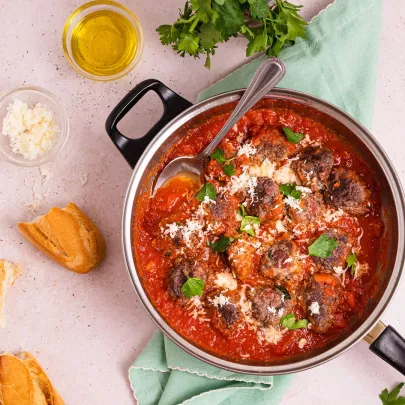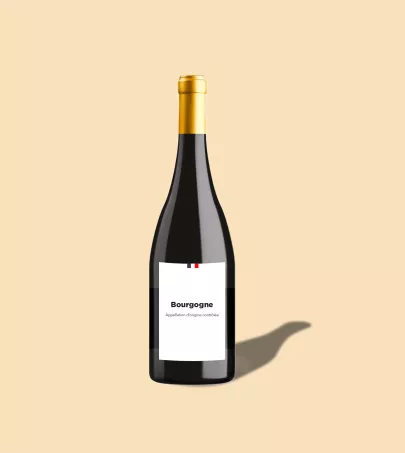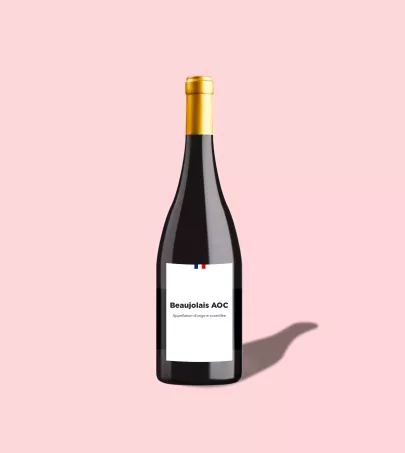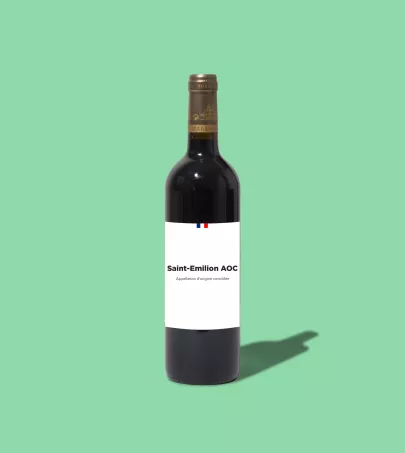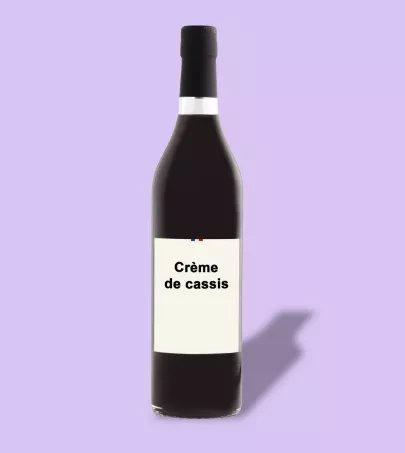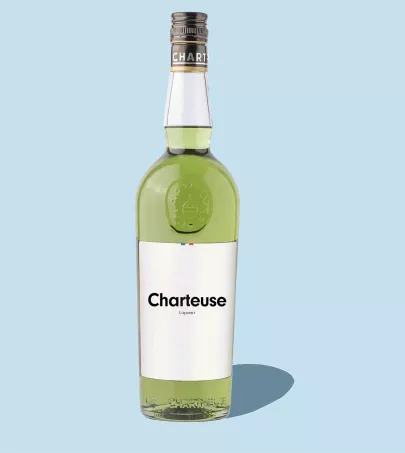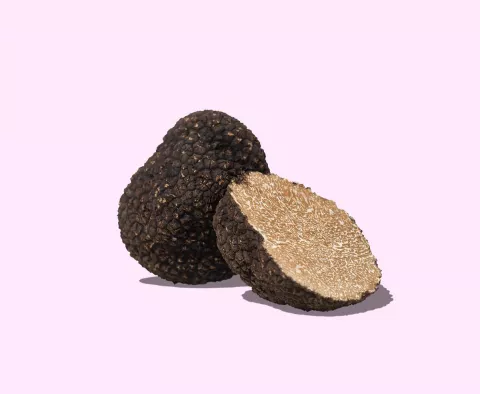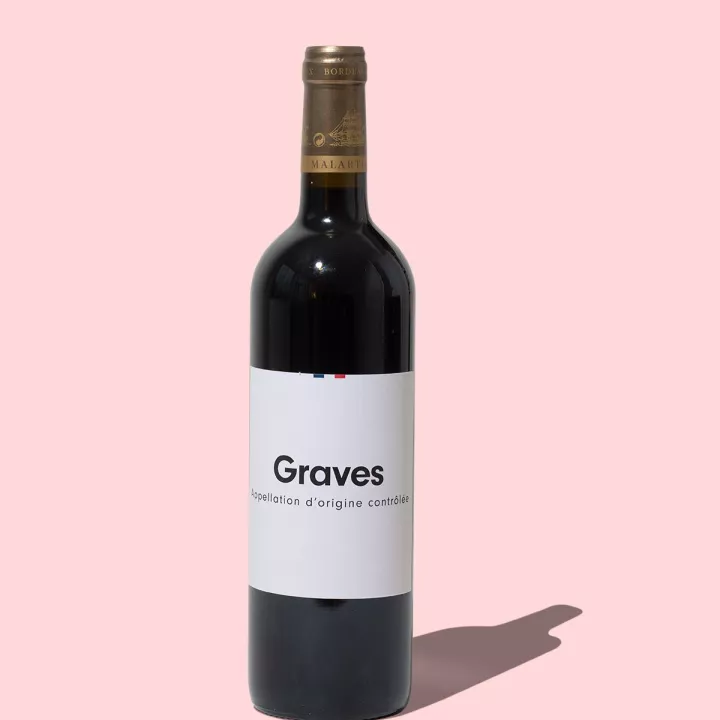
Graves PDO
Nouvelle Aquitaine
The red, dry white, and sweet white wines from the Graves AOC are all celebrated for their elegance. Their distinctive character comes from the gravelly soil that gives the region its name.
What you need to know
Graves, believed to be the oldest wine-growing region in Bordeaux, owes much of its early growth to the English. In 1152, the marriage of Eleanor of Aquitaine to England's King Henry II boosted trade between Bordeaux and London. The region's rosés, known then as clarets, quickly gained popularity for their freshness and liveliness. Large estates were gradually established, producing high-quality wines that dominated the French, English, and Northern European markets by the late 18th century. Although the AOC designation was awarded in 1937, the industry faced setbacks from 19th-century diseases and the harsh winter frosts of 1956. It wasn't until the 1970s that Graves regained its economic success.
The region takes its name from the gravel that covers its poor, well-drained soils. These stones reflect the sun and redistribute heat to the vines, promoting better grape maturation. The climate is mild and temperate, influenced by the nearby ocean. Graves produces red wines, dry white wines, and sweet whites, including Graves Supérieures, a category of sweet dessert wines. The reds are primarily made from Merlot, with additions of Cabernet Franc and Cabernet Sauvignon. Semillon is the main grape in the whites, complemented by Sauvignon Blanc, and for the Graves Supérieures, Muscadelle. To qualify for this appellation, the grapes must be harvested at full ripeness through careful, successive sorting.
Tips for Buying Graves Wines
When buying Graves wines look for labels that say “Graves AOC” to ensure you are getting the real deal. For reds, look for recent vintages for a fresh fruity taste or older vintages for more complexity. For whites, look for wines with a high proportion of Sauvignon Blanc for crispness or Sémillon for a richer fuller body.
The Terroir of Graves Wines
Graves wines are shaped by a unique terroir of gravelly soil, mild oceanic climate and proximity to the Garonne River. The gravelly soil, which gives the region its name, reflects and retains heat, helping the grapes to ripen. The river moderates the temperatures, preventing extreme cold or heat. Together these factors give Graves wines their elegance, freshness and complexity.
Graves Wines and the Bordeaux Wine Classification
The Graves Classification of 1953 is different from the 1855 Bordeaux Classification. It recognizes both red and white wines, highlighting the unique quality of this region. Unlike other Bordeaux classifications which focus mainly on reds, the Graves classification equally celebrates the white wines of the region. This classification honors the heritage and versatility of Graves wines.
Sustainable Winemaking in Graves
Many Graves winemakers are adopting sustainable practices to protect the land and improve wine quality. This includes organic farming, minimal use of chemicals and innovative techniques like biodynamic farming. Château Smith Haut Lafitte is leading the way with eco-friendly approaches, so their wines reflect both tradition and environmental stewardship.
A Brief Guide to Tasting Graves Wines
To enjoy Graves wines fully, start by looking at the colour. For reds, it’s a deep ruby or purple, for whites a pale gold or yellow. Swirl the glass to release the aromas – reds will give off hints of red fruits, spices, or mocha, whites will have notes of citrus, white flowers or passion fruit. Sip slowly and let the wine coat your palate to appreciate the balance of flavours and texture. Serve reds slightly below room temperature and whites well chilled to show their freshness.
Characteristics
Smell
Look
Taste
Editor's note
How to use
Storing Graves AOC
5 to 15 years for the reds
1 to 5 years for the whites
2 to 5 years for the Graves Supérieures
Pair with
Savory: reds: red meats, game birds, porcini mushrooms, duck, lamb
Whites: snails with parsley, white meats in cream sauce, sea scallops, mussels
Graves Supérieures: foie gras, salty-sweet dishes.

